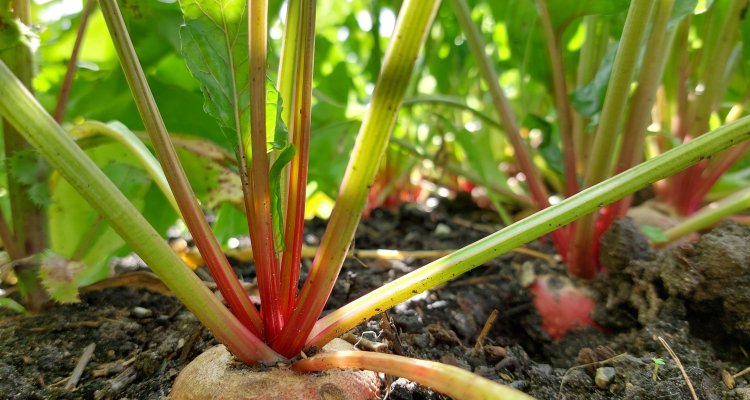
CGN Beet Collection
Since 2025, CGN manages the beet collection, which consists of heirloom varieties, landraces, and wild species.
Composition
Beets represent a new crop collection within CGN. The collection started with old Dutch beet varieties acquired from the discontinued Nunhems Seeds collection. In the future, the collection will be expanded with more old Dutch varieties, foreign landraces, and wild species. During a collection mission in Albania in 2022, the first landraces and wild species were gathered (see the collection report). The beet collection includes only consumption beets, such as red beet and Swiss chard, as well as wild species. Sugar beets and fodder beets are not part of this collection.
Regeneration
Beet is a biennial, wind- and cross-pollinated crop that requires a cold period (vernalization) to flower in its second year. Seeds are sown in March, and plants are isolated per accession to prevent cross-pollination. Isolation can be achieved using mesh cages, isolation tunnels, a minimum field distance of 500 meters, or the presence of isolation crops between accessions.
Outdoors, wind ensures cross-pollination among plants within an accession, while indoors, additional air circulation is applied to optimize pollination. Seed harvesting takes place once the seed-bearing stalks have dried out and the cork-like seed clusters have turned brown and dry. After harvest, seeds are dried, cleaned using air-based cleaning methods, and tested for germination to ensure quality.
Characterisation & evaluation
Since the CGN beet collection is still relatively new, detailed characterization and evaluation data are not yet available.